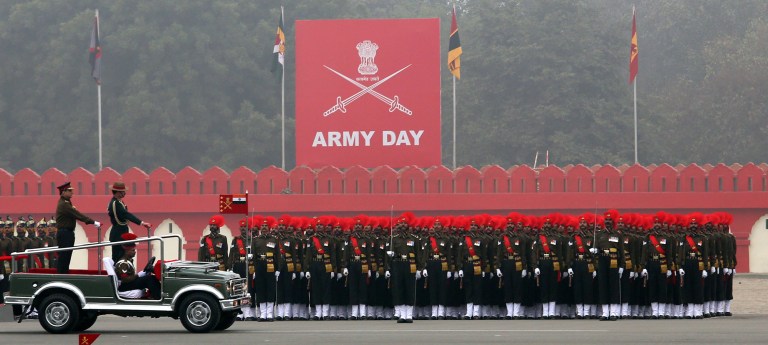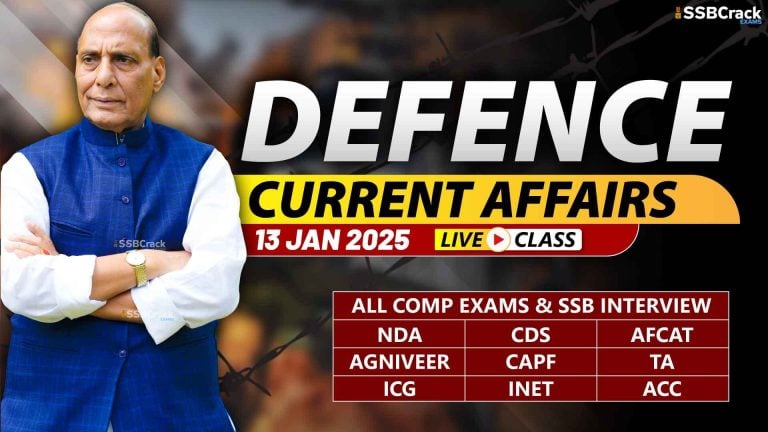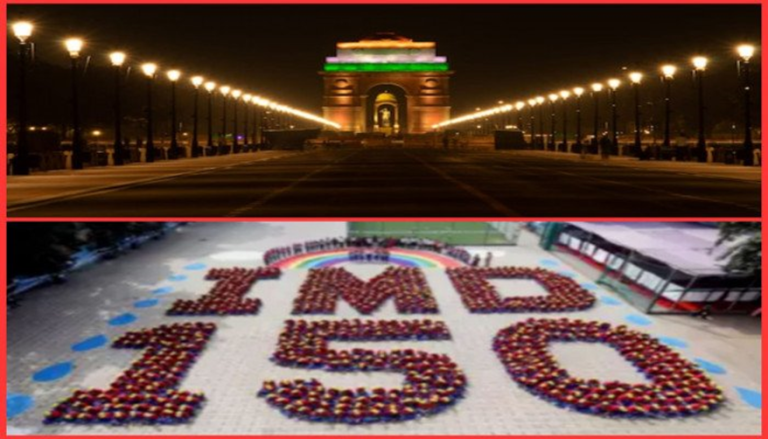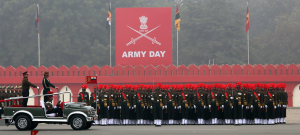Missiles of India include both ballistic and cruise missile systems with strategic and tactical importance. These missiles have been developed through various missile programs since independence, with the IGMDP being the most important and successful.
Advantages of India’s Latest Missiles In War
Missiles of India include both ballistic and cruise missile systems with strategic and tactical importance. These missiles have been developed through various missile programs since independence, with the IGMDP being the most important and successful.
What is a Missile?
A missile is a guided airborne ranged weapon capable of self-propelled flight usually by a jet engine or rocket motor. Missiles have five system components:
•Guidance system
•Targeting system
•Flight system
•Engine & Warhead
Features of India’s Missile Systems
Accuracy
Quick deployment
High lethality
Types of Missiles
•Subsonic missile
•Supersonic missile
•Hypersonic missile
Missiles Based on the Launch Mode
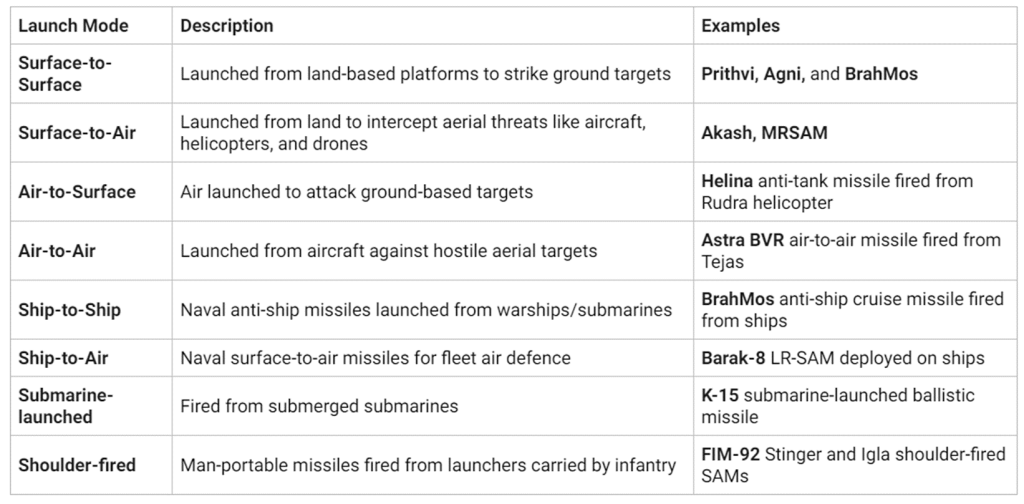
Rudram
The Rudram is a series of supersonic and hypersonic air-to-surface ground attack and anti-radiation missiles in development by the Defence Research and Development Organisation of India.
Designer: DRDO
Manufacturer: Bharat Dynamics Limited
Bharat Electronics
Adani Defence and Aerospace
Flight altitude
Rudram-1 : 1-15 km
Rudram-2 : 3-40 km
Maximum speed
Rudram-1 : Mach 2
Rudram-2 : Mach 5.5
Astra Missile
Astra is an Indian family of all weather beyond-visual-range air-to-air missile, developed by the DRDO. Different missiles of this family are capable of engaging targets at varying distances of 500 m up to 340 km.
Flight ceiling: 20 km (66,000 ft)
Length: 3.84 m (12.6 ft)
Manufacturer: Bharat Dynamics Limited
Mass: 154 kg (340 lb)
Agni V
The Agni-V is an ICBM with a range of over 5,000 km. It is an evolution of the Agni-III IRBM, featuring similar first- and second-stage motors with an added third stage. India first tested the solid-fueled missile in 2012, conducting subsequent tests in 2013, 2015, 2016, 2018, 2024.
•Accuracy: <10 m CEP
•Designer: DRDO
•Engine: Three-stage solid rocket
•Mass: 50000–56000 kg
•Propellant: Solid fuel
•Used by: Strategic Forces Command
BrahMos
The BrahMos is a medium-range ramjet supersonic cruise missile that can be launched from submarines, ships, fighter aircraft or TEL. It is a joint venture between the DRDO and the Russian Federation’s NPO Mashinostroyeniya, who together have formed BrahMos Aerospace.
Mass: BrahMos: 3,000 kg (6,600 lb)
BrahMos-A: 2,500 kg (5,500 lb)
BrahMos-NG: 1,200–1,500 kg (2,600–3,300 lb)
Warhead: 200–300 kg
Maximum speed: Mach 3









